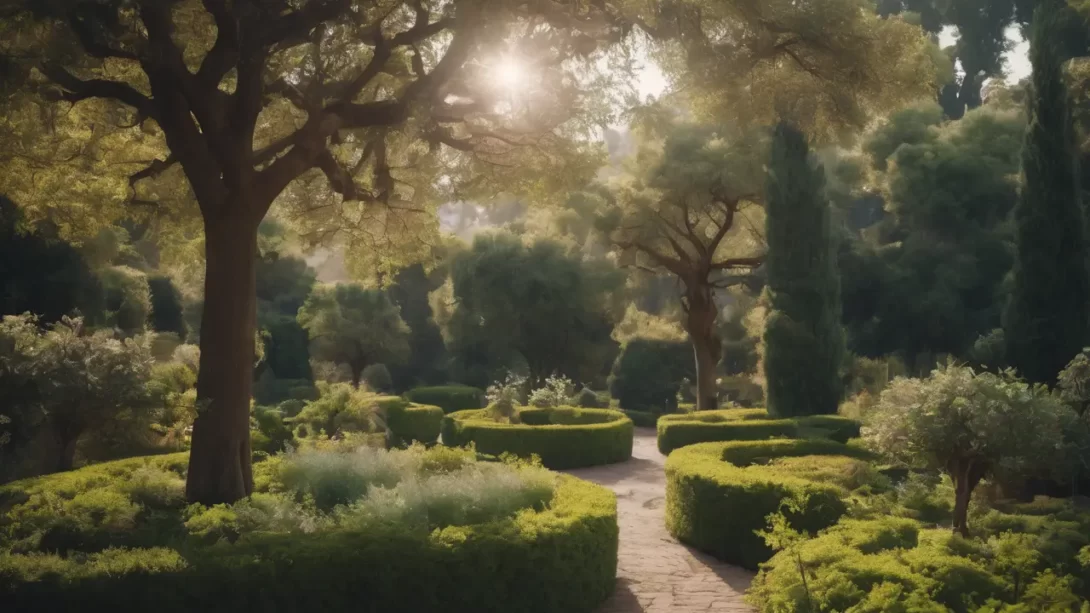The question of whether trees are alive may seem straightforward, but it invites us to delve deeper into our understanding of life itself. Commonly, we perceive trees as static, passive elements of the landscape, but this perspective overlooks their dynamic, living nature. This article aims to explore and affirm the status of trees as living organisms, shedding light on the fascinating biological processes that underscore their vitality.
Defining Life: Biological Criteria
To determine whether trees are alive, we must first consider the biological criteria that define a living organism. These criteria include the ability to grow, reproduce, respond to environmental stimuli, and undergo metabolic processes. A living organism is typically characterized by its capacity for growth, development, and self-sustaining biological functions.
The Anatomy of a Tree
Trees, like all living organisms, have a complex anatomy essential to their life processes. The roots anchor the tree to the ground and absorb water and nutrients from the soil. The trunk serves as the main support structure and conduit for transporting water and nutrients between the roots and leaves. Branches and leaves are critical for photosynthesis, the process by which trees convert sunlight into chemical energy.
Photosynthesis is a vital metabolic process that not only sustains the tree but also produces oxygen, a crucial element for life on Earth. Through this process, trees demonstrate one of the fundamental characteristics of life: the ability to transform energy from one form to another for sustenance.
Trees’ Growth and Development
The life cycle of a tree is a clear testament to its living nature. Trees grow from seeds, developing into saplings and eventually maturing into full-grown trees. This growth process is marked by a continuous increase in size and complexity, a fundamental characteristic of living organisms. Trees exhibit perennial growth; they live for many years, with some species surviving for centuries, continually growing and changing over time.
Tree aging, or dendrochronology, is another aspect of their life process. Trees add a new layer of growth (a tree ring) each year, which can be used to determine their age. This aging process demonstrates not only growth but also adaptation and survival through various environmental conditions.
Reproduction is a vital function of life, and trees have evolved diverse strategies to ensure their species’ continuation. Many trees produce flowers, which, through pollination, develop into fruits containing seeds. This reproductive process involves complex biological interactions with the environment, including with insects and animals, which often assist in pollination and seed dispersal.
Trees and Their Interaction with the Environment
Trees actively interact with their environment, further affirming their status as living organisms. They respond to various environmental stimuli such as light (phototropism), gravity (gravitropism), and water (hydrotropism). For instance, trees will grow towards light sources and adjust their root growth based on gravity and water availability.
Beyond their immediate response to environmental factors, trees play a crucial role in their ecosystems. They produce oxygen through photosynthesis, which is essential for most life forms on Earth. Trees also contribute significantly to the carbon cycle, sequestering carbon dioxide from the atmosphere. This role is particularly important in the context of climate regulation and global environmental health.
Moreover, trees have developed various adaptations to survive in different climates and conditions, from the thick bark of trees in fire-prone areas to the ability of some species to conserve water in arid environments. These adaptive traits are indicative of the evolutionary processes that characterize living organisms.
The Importance of Trees to Life on Earth
Trees are not only alive but are also an integral component of the Earth’s biosphere. Their existence is crucial for maintaining ecological balance and supporting a wide range of life forms. Trees contribute significantly to biodiversity; they provide habitat, food, and protection for countless species, including birds, insects, and mammals.
In terms of climate regulation, trees play a pivotal role. They act as natural carbon sinks, absorbing carbon dioxide, a greenhouse gas, from the atmosphere. This process is vital in mitigating climate change. Additionally, trees help in managing water cycles and soil quality, preventing erosion, and maintaining natural waterways.
However, trees face numerous threats, including deforestation, climate change, and disease. The loss of trees has profound implications for global ecosystems, wildlife, and human life. Deforestation leads to habitat loss, decreased biodiversity, and intensified climate change effects, emphasizing the need for sustainable management and conservation of tree populations.
Conclusion
Through their growth, development, reproduction, and interaction with the environment, trees clearly demonstrate the characteristics of living organisms. They are not static entities but dynamic, evolving beings that play a crucial role in supporting life on Earth.
Understanding and recognizing trees as living beings deepen our appreciation of their role in our world. It encourages a sense of responsibility towards their conservation and sustainable management. As we continue to benefit from the myriad gifts that trees offer, from the air we breathe to the beauty they lend to our landscapes, it becomes increasingly important to protect these vital members of the Earth’s community.
In conclusion, trees are not just alive; they are essential to life itself. Their continued existence is fundamental to the health of our planet and all who inhabit it. As stewards of the Earth, it is our duty to respect, protect, and preserve trees, ensuring a healthy, balanced, and thriving world for generations to come.



